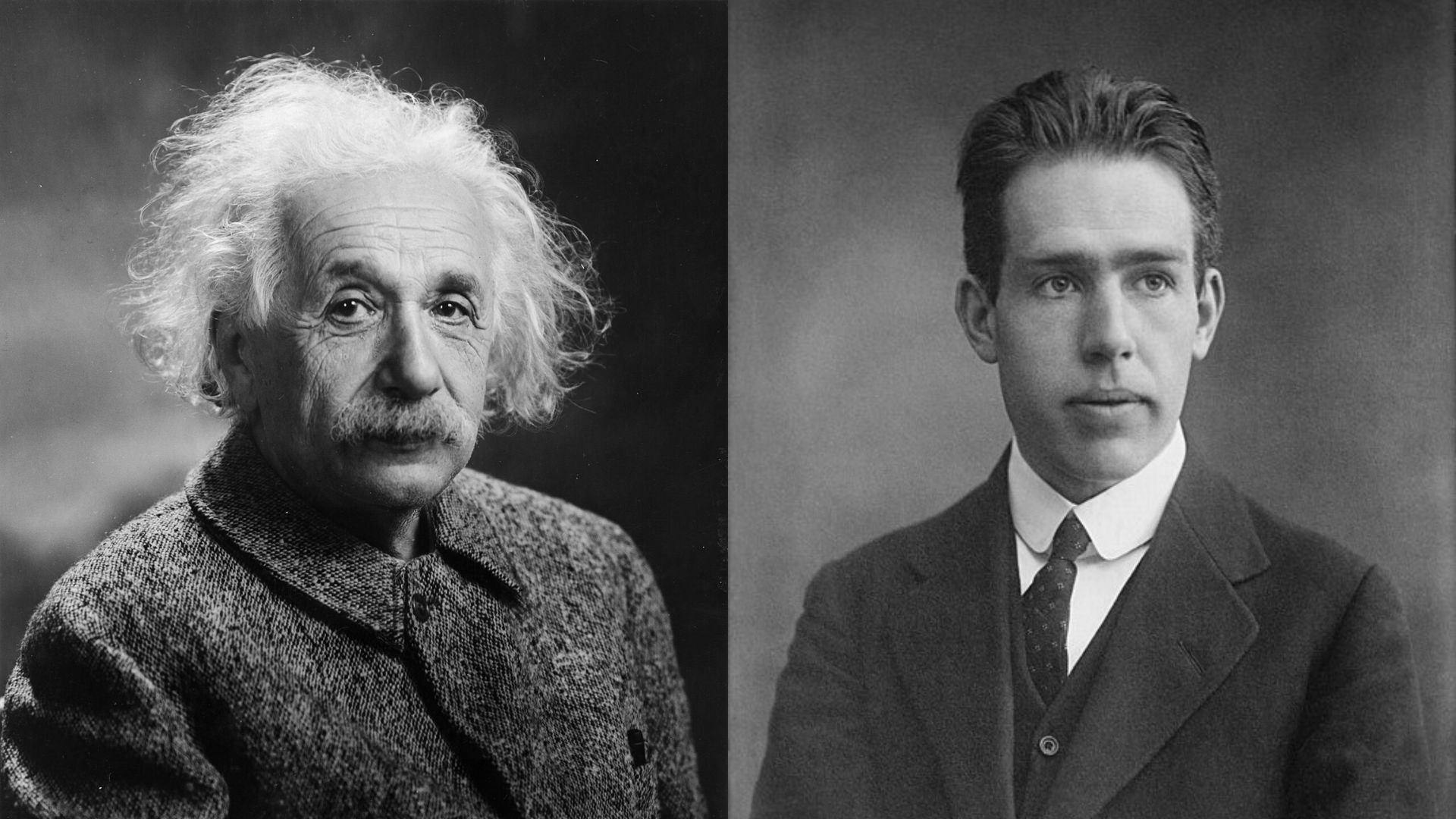Scientists have long grappled with a fundamental question: what exactly is light?
Is it a wave, flowing like ripples across water, or is it made up of tiny particles, like miniature paintballs zipping through space?
This fundamental question was at the heart of the double-slit experiment, demonstrating light’s dual nature.
Just recently, physicists at MIT conducted an experiment using incredible atomic precision.
Interestingly, it has definitively resolved a long-standing debate between quantum giants Albert Einstein and Niels Bohr about the elusive nature of light.
“MIT physicists confirm that, like Superman, light has two identities that are impossible to see at once,” the researchers noted.
Light’s dual nature
The double-slit experiment, first demonstrated by Thomas Young in 1801, has evolved into a cornerstone of quantum mechanics.
It famously illustrates that light exhibits both wave-like and particle-like behavior.
Initially, the experiment showed light creating an interference pattern—alternating bright and dark stripes—when passed through two slits, behaving like a wave.
However, if scientists tried to observe which slit the light went through, the interference pattern vanished, and light suddenly behaved like particles.
This puzzling phenomenon highlights a core principle of quantum mechanics: light exists as both a particle and a wave, but you can only observe one aspect at a time.
This seemingly paradoxical “wave-particle duality” baffled early quantum pioneers.
This quantum riddle led to a famous debate between Einstein and Bohr in 1927.
Einstein believed he could devise an experiment to observe light’s particle path and wave interference simultaneously.
Bohr, leveraging the uncertainty principle, argued that any attempt to measure the photon’s path would inevitably disturb it and destroy the interference pattern.
Over the decades, many versions of the double-slit experiment have confirmed Bohr’s view.
But now, MIT physicists, led by Professor Wolfgang Ketterle, have performed the most “idealized” version yet, taking it to its quantum core.
Instead of physical slits, they used individual ultracold atoms as the “slits.”
The team cooled over 10,000 atoms to near absolute zero and arranged them in a precise, crystal-like lattice using lasers. Each atom was effectively an isolated, identical slit.
They then shone a very weak light beam, ensuring that “each atom scattered at most one photon.”
The scientists hypothesized that their setup—using individual atoms precisely arranged—could serve as a miniature double-slit experiment.
By directing a faint light beam at the atoms, they could study how single photons interacted with two neighboring atoms, revealing whether the light behaved as a wave or a particle.
“What we have done can be regarded as a new variant to the double-slit experiment. These single atoms are like the smallest slits you could possibly build,” said Ketterle.
Settling the debate
The team was able to precisely tune the “fuzziness” of these atomic slits by adjusting the laser light holding them.
The fuzziness of these atoms affected how much information was obtained about a photon’s path.
Their results fully agreed with quantum theory and definitively sided with Bohr.
They discovered a clear relationship: the more precisely they determined a photon’s path (confirming its particle-like behavior), the more the wave-like interference pattern faded.
The researchers observed that the wave interference pattern weakened any time an atom was nudged by a photon passing by. This confirmed that getting information about the photon’s route automatically erased its wave-like properties.
The findings solidified that Einstein was incorrect in this specific quantum scenario, reaffirming the strange and counterintuitive nature of quantum reality.
The findings were published in the journal Physical Review Letters.
